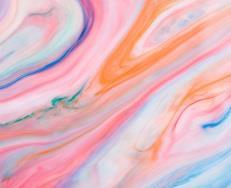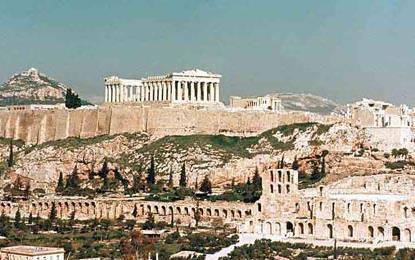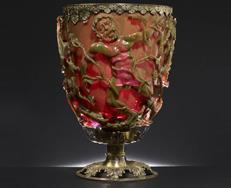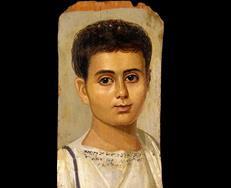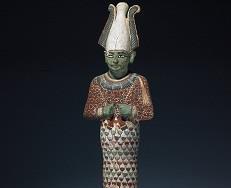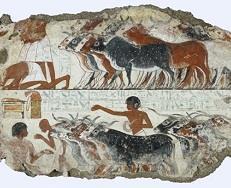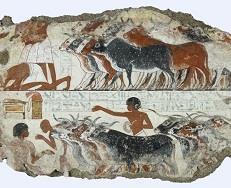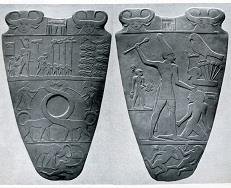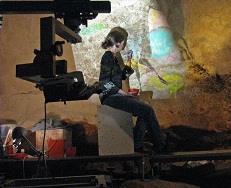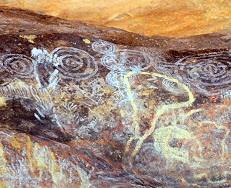- Home
- I am a …
- Resources
- Collections
- Remote teaching support
- Starters for ten
- Screen experiments
- Assessment for learning
- Microscale chemistry
- Faces of chemistry
- Classic chemistry experiments
- Nuffield practical collection
- Anecdotes for chemistry teachers
- Literacy in science teaching
- More …
- Climate change and sustainability
- Alchemy
- On this day in chemistry
- Global experiments
- PhET interactive simulations
- Chemistry vignettes
- Context and problem based learning
- Journal of the month
- Chemistry and art
- Classic chemistry demonstrations
- In search of solutions
- In search of more solutions
- Creative problem-solving in chemistry
- Solar spark
- Chemistry for non-specialists
- Health and safety in higher education
- Analytical chemistry introductions
- Exhibition chemistry
- Introductory maths for higher education
- Commercial skills for chemists
- Kitchen chemistry
- Journals how to guides
- Chemistry in health
- Chemistry in sport
- Chemistry in your cupboard
- Chocolate chemistry
- Adnoddau addysgu cemeg Cymraeg
- The chemistry of fireworks
- Festive chemistry
- Collections
- Education in Chemistry
- Teach Chemistry
- Events
- Teacher PD
- Enrichment
- Our work
- More navigation items
Techniques
Art historians and scientists use a variety of physical and chemical techniques to make discoveries and answer questions about art and artefacts. Explore some of them here.
Practical resources
Analysis of cave paintings
In this practical, student gain an understanding of how cave painters may have used the natural rock formation to paint the animals and scenes onto them and how later painters have continued with this tradition.
Making concrete
In this experiment, students determine how different sized materials with binder increase the stability and strength of mortar and concrete. Also, students can test how altering the proportions of cement, water and different aggregates affects concrete’s properties.
Plaster of Paris
In this experiment, students produce Plaster of Paris, which they then use to produce a cast, in order to identify the items that have left an impression in an apple.
Verdigris copper
In this experiment, students deliberately corrode copper, to produce a pigment called verdigris. Students can then explain their observations using their knowledge of redox reactions.
Magic writing with sodium nitrate solution
In this experiment, students write a hidden message using invisible ink and watch what happens when a glowing splint touches their message.
Invisible inks
In this experiment, students test a variety of substances to see if they can be used as an invisible ink.
Making marbled paper
In this practical, students create a marble effect on paper, using their knowledge of mixtures and hydrophobic solutions to explain the phenomena. Also, students use their evaluating skills to determine which method produces the best result.
Water drop art
In this practical, students observe and report what happens when water is placed on waxed paper, and a splint or toothpick is positioned close to the droplets.
Ancient inks
In this practical, students use methods which have been used for centuries to produce inks.
Making and using blueprint paper
Blueprints use the cyanotype process invented by the astronomer John Herschel in 1842. In this experiment you will carry out an experiment to produce blueprint paper and produce an image or diagram using the blueprint paper.
Making solder as an alloy of tin and lead
Try this practical to make solder by heating together the metals tin and lead before investigating the alloy’s properties. Includes kit list and safety instructions.
All resources
The emergence of new techniques and pigments
The emergence of new techniques and pigments within Greek art
Ancient Greek art
The Classical Greek period heralded an age in which thought and art flourished.
Roman glass and its chemistry
Roman glass is found all over the Roman Empire, but how different is it?
Roman art - wall painting techniques
Pompeii and Herculaneum have been described as towns frozen in time. Houses and villas with their furniture, food, people, jewellery and pets have been preserved. One thing that strikes all visitors to Pompeii and Herculaneum is the amount of colour on the walls of the buildings. It is perhaps the most obvious feature of Roman art.
Ancient Roman art: an imitation of Greek art?
A traditionally accepted view of ancient Roman art is they borrowed from, and copied, Greek precedents. The picture, however, is more complex and recent archaeological research indicates Roman art is highly creative.
Were Ancient Greek statues white or coloured?
Renaissance artists studied the sculptures and monuments of Greece and Rome and emulated them in their own work, ie they imitated the art. This perspective of art has echoed down the centuries to influence the appearance of Western art and architecture today.
Egyptian myths
The Egyptians developed a world view in which events and conditions were attributed to the actions of multiple, related gods and goddesses. Here are some of those stories.
Egyptian materials and pigments
Ancient Egyptian artists are known for developing a wider range of materials for their art.This resource looks at the pigments and materials the Egyptians used to create their art.
Conservation of Egyptian art
The ethical questions of whether ancient works of art should be be conservered or restored are investigated with this resource.
Egyptian art
To understand and appreciate Egyptian art one must look at the beginnings of art in Egypt and how it developed, for in that development lay the roots of many ideas and techniques. This resources explores this development.
Dangers to cave art
How can cave art be damaged?
Style in cave paintings
How does the style of cave art change around the world?

















